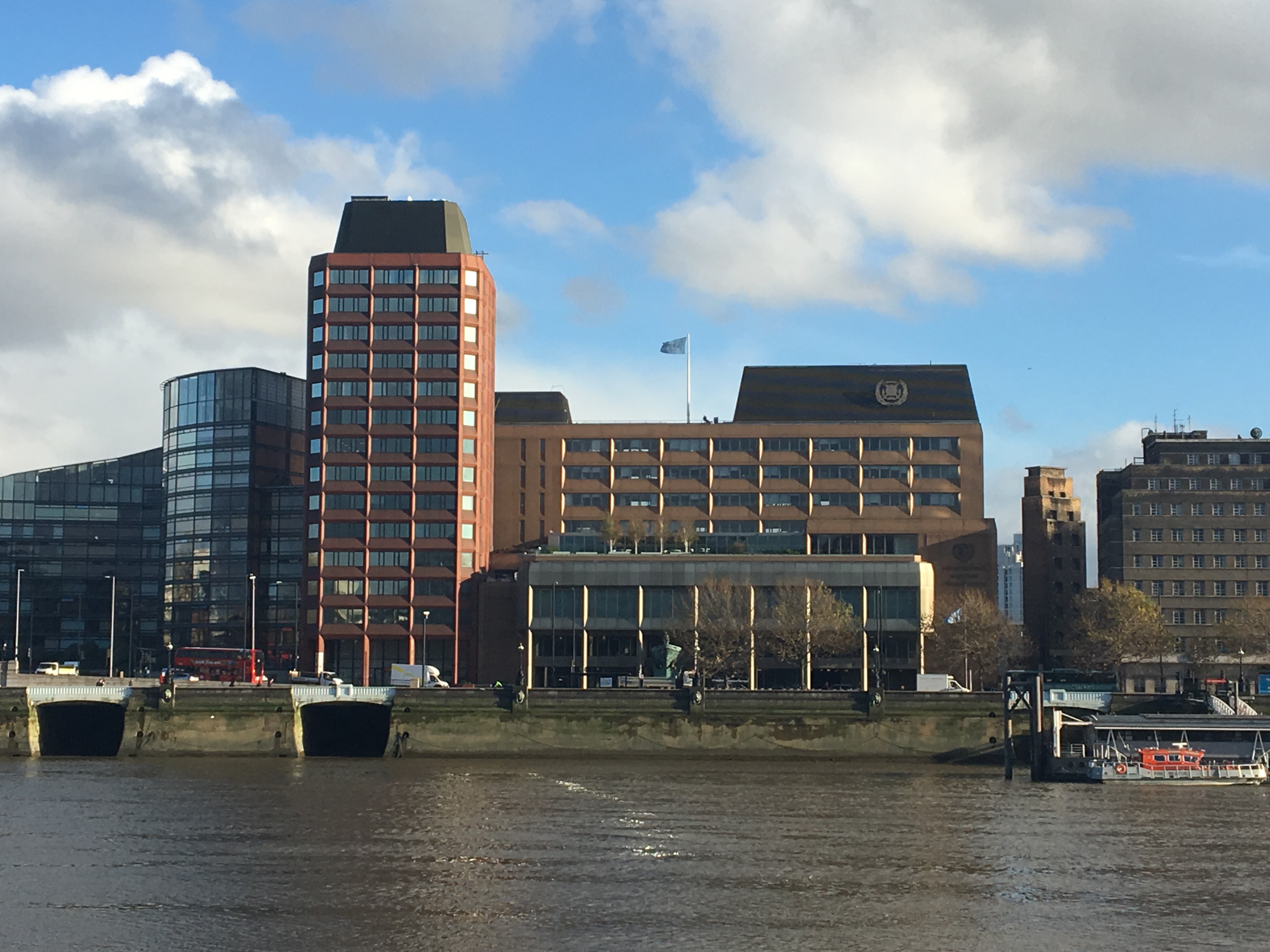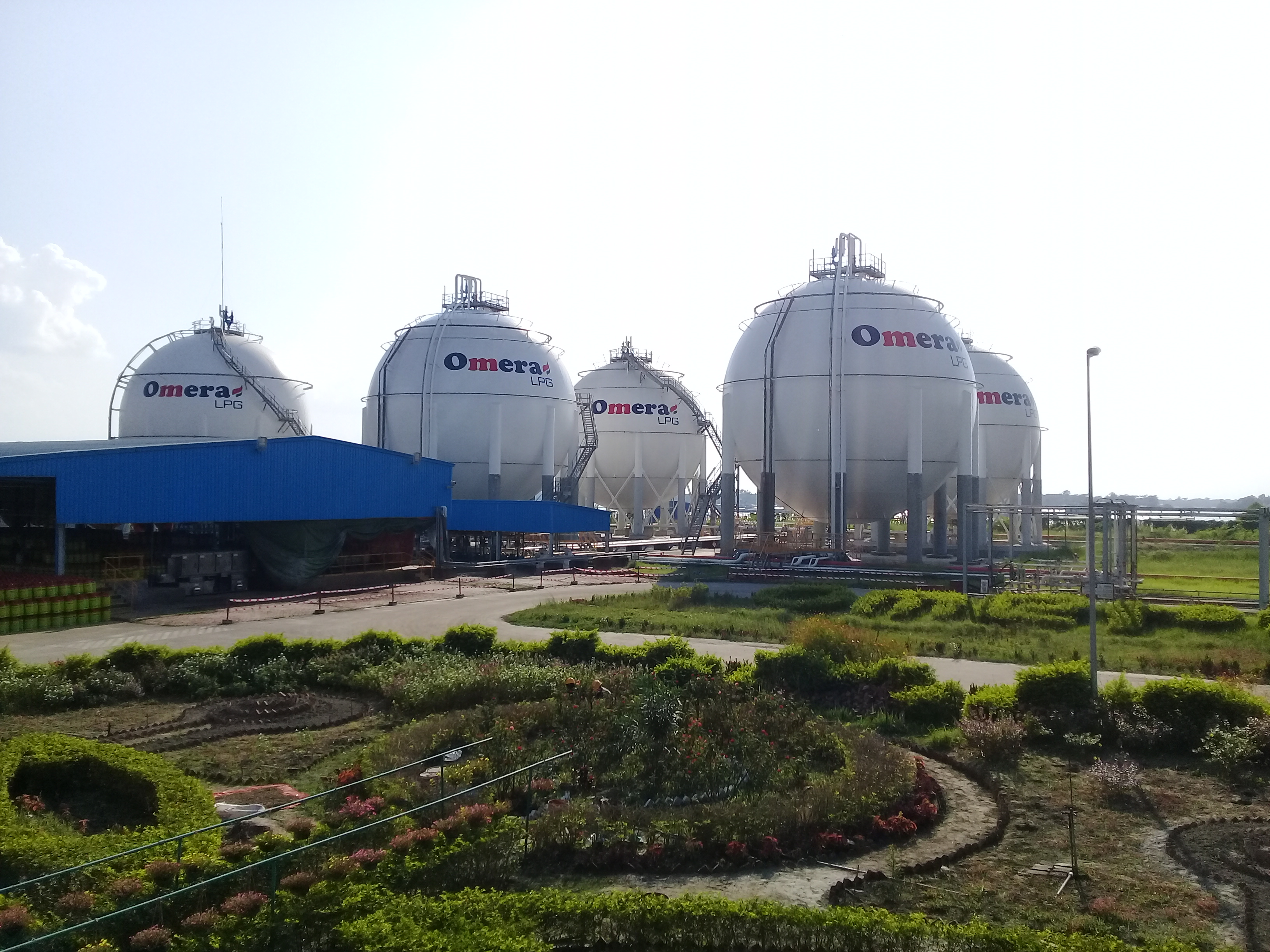|
IGC Code
The International Code of the Construction and Equipment of Ships Carrying Liquefied Gases in Bulk, often referred and abbreviated as the IGC Code, is the International Maritime Organization (IMO) standard concerning the cargo carriage of liquefied gases in maritime transport. The Code covers gases carried by gas carriers at sea and cargoes include liquefied natural gas and liquefied petroleum gas Liquefied petroleum gas, also referred to as liquid petroleum gas (LPG or LP gas), is a fuel gas which contains a flammable mixture of hydrocarbon gases, specifically propane, Butane, ''n''-butane and isobutane. It can also contain some .... Content and application The IGC Code is mandatory under the SOLAS Convention, specifically Chapter VII. It applies to ships carrying liquefied gases with the characteristics described in the Code (listed in Chapter 19 of the 2016 edition) and has been in force since 1 July 1986. Prior to 1986, older gas carriers constructed prior to 1 ... [...More Info...] [...Related Items...] OR: [Wikipedia] [Google] [Baidu] |
International Maritime Organization
The International Maritime Organization (IMO; ; ) is a List of specialized agencies of the United Nations, specialized agency of the United Nations responsible for regulating maritime transport. The IMO was established following agreement at a UN conference held in Geneva in 1948 and the IMO came into existence ten years later, meeting for the first time on 17 March 1958. Headquartered in London, United Kingdom, the IMO, in 2024, has 176 Member States and three Associate Members. The IMO's primary purpose is to develop and maintain a comprehensive regulatory framework for shipping and its remit today includes maritime safety, environmental concerns, and Admiralty law, legal matters, among other issues. IMO is governed by an assembly of members which meets every two years. Its finance and organization is administered by a council of 40 members elected from the assembly. The work of IMO is conducted through five committees and these are supported by technical subcommittees. Other ... [...More Info...] [...Related Items...] OR: [Wikipedia] [Google] [Baidu] |
Liquefied Gas
Liquefied gas (sometimes referred to as liquid gas) is a gas that has been turned into a liquid by cooling or compressing it. Examples of liquefied gases include liquid air, liquefied natural gas, and liquefied petroleum gas. Liquid air At the Lister Institute of Preventive Medicine, liquid air has been brought into use as an agent in biological research. An inquiry into the intracellular constituents of the typhoid bacillus, initiated under the direction of Doctor Allan Macfadyen, necessitated the separation of the cell-plasma of the organism. The method at first adopted for the disintegration of the bacteria was to mix them with silver-sand and churn the whole up in a closed vessel in which a series of horizontal vanes revolved at a high speed. But certain disadvantages attached to this procedure, and accordingly some means was sought to do away with the sand and triturate the bacilli per se. This was found in liquid air, which, as had long before been shown at the Royal Insti ... [...More Info...] [...Related Items...] OR: [Wikipedia] [Google] [Baidu] |
Maritime Transport
Maritime transport (or ocean transport) or more generally waterborne transport, is the transport of people (passengers or goods (cargo) via waterways. Freight transport by watercraft has been widely used throughout recorded history, as it provides a higher-capacity mode of transportation for passengers and cargo than land transport, the latter typically being more costly per unit payload due to it being affected by terrain conditions and road/rail infrastructures. The advent of aviation during the 20th century has diminished the importance of sea travel for passengers, though it is still popular for short trips and pleasure cruises. Transport by watercraft is much cheaper than transport by aircraft or land vehicles (both road and rail), but is significantly slower for longer journeys and heavily dependent on adequate port facilities. Maritime transport accounts for roughly 80% of international trade, according to UNCTAD in 2020. Maritime transport can be realized over an ... [...More Info...] [...Related Items...] OR: [Wikipedia] [Google] [Baidu] |
Witherby Publishing Group
Witherby Publishing Group, formerly known as Witherby Seamanship, is a technical publisher of maritime, nautical and navigation training, reference and regulatory materials. The company is the resulting merger of Witherby Books and Seamanship International in January 2008. Beginning with its origins in 1740 it lays claim to being the oldest independent publisher in the English-speaking world. Witherbys publish guidance titles with numerous shipping bodies and maritime NGOs. These include the International Chamber of Shipping, the UK Chamber of Shipping, BIMCO, OCIMF, SIGTTO, North P&I, the UK P&I Club, the International Association of Classification Societies, the Merchant Navy Training Board and the Institute of Marine Engineering, Science and Technology (IMarEST), as well as acting as an official electronic distributor for the International Maritime Organization. Witherbys are an official distributor of INTERTANKO publications. The company holds working gr ... [...More Info...] [...Related Items...] OR: [Wikipedia] [Google] [Baidu] |
Gas Carriers
A gas carrier, gas tanker, LPG carrier, or LPG tanker is a ship designed to transport LPG, LNG, CNG, or liquefied chemical gases in bulk. Gases are kept refrigerated onboard the ships to enable safe carriage in liquid and vapour form and for this reason, gas carriers usually have onboard refrigeration systems. Design and construction of all gas carriers operating internationally is regulated by the International Maritime Organization through the International Code of the Construction and Equipment of Ships Carrying Liquefied Gases in Bulk. There are various types of gas carriers, depending on the type of gas carried and the type of containment system, two of the most common being the Moss Type B (spherical) type and the membrane (typically GTT) type. Types Fully pressurized gas carrier The seaborne transport of liquefied gases began in 1934 when a major international company put two combined oil/LPG tankers into operation. The ships, basically oil tankers, had been convert ... [...More Info...] [...Related Items...] OR: [Wikipedia] [Google] [Baidu] |
Liquefied Natural Gas
Liquefied natural gas (LNG) is natural gas (predominantly methane, CH4, with some mixture of ethane, C2H6) that has been cooled to liquid form for ease and safety of non-pressurized storage or transport. It takes up about 1/600th the volume of natural gas in the gaseous state at standard temperature and pressure. LNG is odorless, Transparency and translucency, colorless, toxicity, non-toxic and Corrosive substance, non-corrosive. Hazards include flammability after vaporization into a gaseous state, freezing and asphyxia. The Liquefaction of gases, liquefaction process involves removal of certain components, such as dust, acid gases, helium, water, and heavy hydrocarbons, which could cause difficulty downstream. The natural gas is then condensation, condensed into a liquid at close to atmospheric pressure by cooling it to approximately ; maximum transport pressure is set at around (gauge pressure), which is about 0.25 times atmospheric pressure at sea level. The gas extracted ... [...More Info...] [...Related Items...] OR: [Wikipedia] [Google] [Baidu] |
Liquefied Petroleum Gas
Liquefied petroleum gas, also referred to as liquid petroleum gas (LPG or LP gas), is a fuel gas which contains a flammable mixture of hydrocarbon gases, specifically propane, Butane, ''n''-butane and isobutane. It can also contain some propylene, butylene, and isobutylene/Isobutylene, isobutene. LPG is used as a fuel gas in HVAC, heating appliances, cooking equipment, and vehicles, and is used as an aerosol propellant and a refrigerant, replacing chlorofluorocarbons in an effort to reduce the damage it causes to the ozone layer. When specifically used as a vehicle fuel, it is often referred to as autogas or just as Autogas#Terminology variations and confusion, gas. Varieties of LPG that are bought and sold include mixes that are mostly propane (), mostly butane (), and, most commonly, mixes including both propane and butane. In the northern hemisphere winter, the mixes contain more propane, while in summer, they contain more butane. In the United States, mainly two grad ... [...More Info...] [...Related Items...] OR: [Wikipedia] [Google] [Baidu] |
SOLAS Convention
The International Convention for the Safety of Life at Sea (SOLAS) is an international maritime treaty which sets out minimum safety standards in the construction, equipment and operation of merchant ships. The International Maritime Organization convention requires signatory flag states to ensure that ships flagged by them comply with at least these standards. Initially prompted by the sinking of the Titanic, the current version of SOLAS is the 1974 version, known as SOLAS 1974, which came into force on 25 May 1980, and has been amended several times. , SOLAS 1974 has 167 contracting states, which flag about 99% of merchant ships around the world in terms of gross tonnage. SOLAS in its successive forms is generally regarded as the most important of all international treaties concerning the safety of merchant ships. Signatories The non-parties to SOLAS 1974 include numerous landlocked countries, as well as El Salvador, Micronesia and East Timor. Some others including Bolivi ... [...More Info...] [...Related Items...] OR: [Wikipedia] [Google] [Baidu] |
Plant Process And Emergency Shutdown Systems
A process plant shutdown system is a functional safety countermeasure crucial in any hazardous process plant such as oil and gas production plants and oil refineries. The concept also applies to non-process facilities such as nuclear plants. These systems are used to protect people, assets, and the environment when process conditions get out of the safe design envelope the equipment was designed for. As the name suggests, these systems are not intended for controlling the process itself but rather for protection. Process control is performed by means of an independent process control systems (PCS) and should not be relied upon to execute critical safety actions. Although functionally separate, process control and shutdown systems are usually interfaced under one system, called an integrated control and safety system (ICSS). Shutdown systems typically use equipment that is SIL 2 certified as a minimum, whereas control systems can start with SIL 1. SIL applies to both hardwa ... [...More Info...] [...Related Items...] OR: [Wikipedia] [Google] [Baidu] |
Maritime Safety
Maritime safety as part of and overlapping with water safety is concerned with the protection of life ( search and rescue) and property Property is a system of rights that gives people legal control of valuable things, and also refers to the valuable things themselves. Depending on the nature of the property, an owner of property may have the right to consume, alter, share, re ... through regulation, management and technology development of all forms of waterborne transportation. The executive institutions are the national and transnational maritime administrations. maritime accidents, while characterized by a level of safety of the order of 10−5 (1 serious accident per 100,000 movements), which is only slightly inferior to that of the field of air transportation (10−6) are a significant source of risk for insurance companies, transport companies and property owners. Beyond that, of course, ship owners and maritime institutions have to ensure that casualties at se ... [...More Info...] [...Related Items...] OR: [Wikipedia] [Google] [Baidu] |



